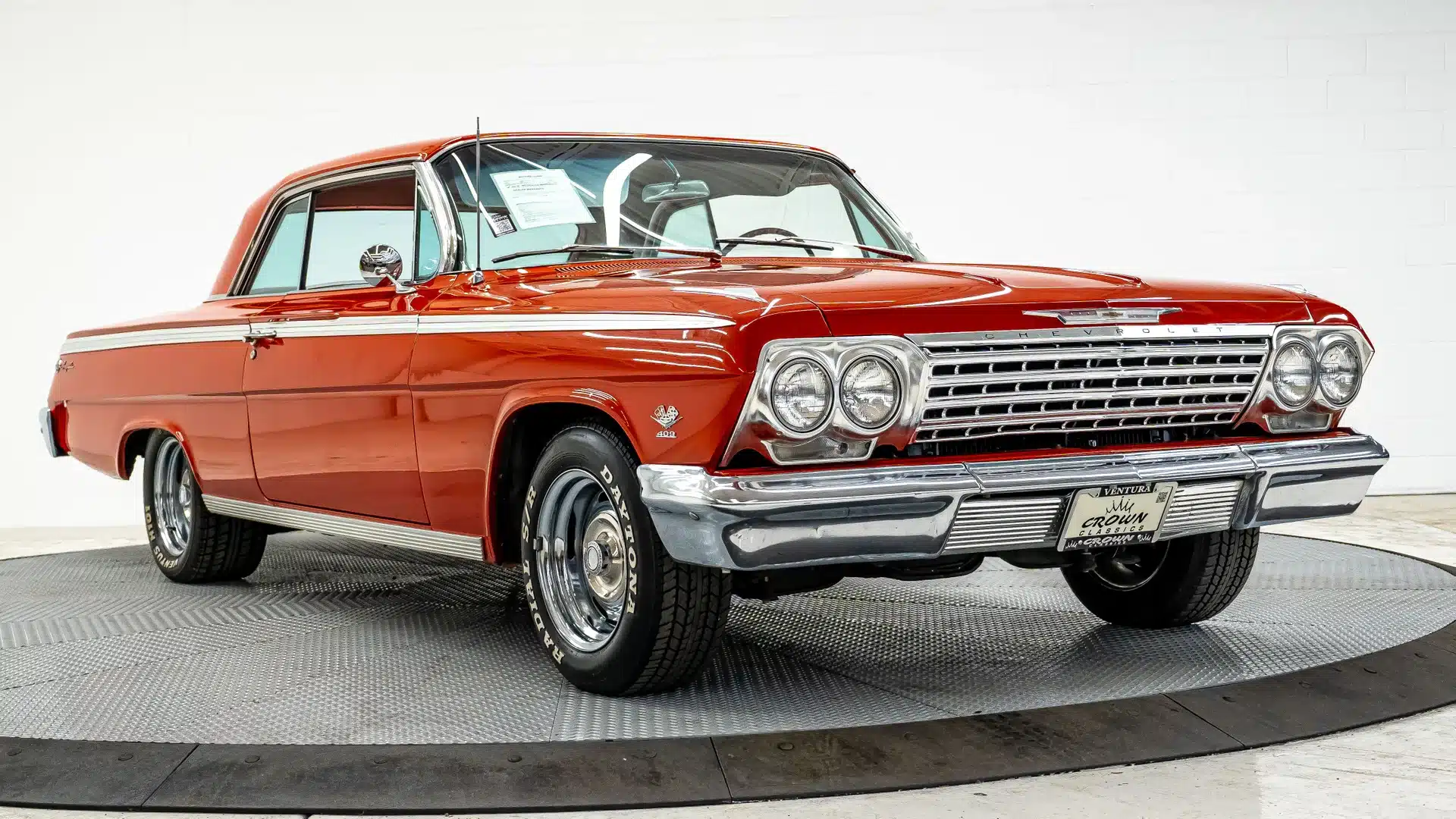Classic cars, with their timeless designs and rumbling engines, evoke a sense of nostalgia and admiration for a bygone era of automotive artistry. These rolling works of art are more than just vehicles; they are tangible connections to history, each dent and scratch whispering tales of journeys past. Owning a classic car is an immersive experience, allowing enthusiasts to connect with automotive heritage and mechanical ingenuity. This comprehensive guide delves into the captivating world of classic cars, exploring their history, popular models, restoration tips, and the joys of collecting.
A Journey Through Time: The Evolution of Classic Cars
The term “classic car” encompasses a broad spectrum of vehicles, each belonging to a specific period and embodying the design philosophies of its time.
The Dawn of Automotive Elegance: Pre-War Classics (1900-1940s)
The early 20th century witnessed the birth of the automobile, with marques like Ford, Cadillac, and Duesenberg pioneering innovative engineering and luxurious craftsmanship. These pre-war classics, characterized by their stately elegance, ornate details, and graceful lines, continue to inspire awe and admiration.
The Post-War Boom: A Golden Age of Design (1950s-1960s)
The post-war era ushered in an era of optimism and prosperity, reflected in the bold designs and powerful engines of classic cars from this period. The 1950s saw the rise of chrome-laden behemoths with tailfins that soared towards the sky, epitomizing the American dream. The 1960s witnessed the birth of the muscle car, with iconic models like the Ford Mustang and Chevrolet Camaro captivating enthusiasts with their raw power and sporty aesthetics.
Evolving Tastes and Shifting Trends (1970s-1990s)
The fuel crisis of the 1970s brought about a shift towards smaller, more fuel-efficient cars. However, this era also saw the rise of iconic sports cars like the Lamborghini Countach and Ferrari Testarossa, pushing the boundaries of performance and design.
Maintaining Automotive Legends: The Art of Classic Car Restoration
Restoring a classic car is a labor of love, requiring patience, dedication, and a deep understanding of automotive mechanics.
Assessing the Canvas: Evaluating the Car’s Condition
Before embarking on a restoration journey, a thorough assessment of the car’s condition is crucial. This involves inspecting the bodywork for rust, assessing the engine’s health, and evaluating the condition of the interior and electrical systems.
Sourcing Authentic Components: The Quest for Originality
Maintaining the authenticity of a classic car is paramount. Sourcing original or period-correct parts is essential to preserve the vehicle’s historical integrity and value.
The Transformation: From Rust to Restored Glory
The restoration process involves a meticulous approach, often requiring the expertise of skilled craftsmen. From metalwork and paint to engine rebuilds and upholstery, each step contributes to bringing the classic car back to its former glory.
The Thrill of the Hunt: Tips for Classic Car Collectors
Collecting classic cars is a rewarding hobby, allowing enthusiasts to own a piece of automotive history.
Identifying Your Passion: Research and Market Trends
Before diving into the world of classic car collecting, it’s crucial to research different models, eras, and market trends. Identifying your passion will guide your collecting journey and ensure a fulfilling experience.
Inspecting Potential Purchases: Due Diligence is Key
Thoroughly inspecting a potential purchase is crucial. This involves checking the car’s history, verifying its authenticity, and conducting a professional inspection to uncover any hidden issues.
The Value of Patience: Waiting for the Perfect Find
Finding the perfect classic car takes time and patience. Rushing into a purchase can lead to costly mistakes. Attend auctions, browse online marketplaces, and network with other enthusiasts to increase your chances of finding the car of your dreams.
Frequently Asked Questions About Classic Cars
1. What qualifies a car as a classic?
While definitions vary, cars over 25 years old are generally considered classics. However, rarity, historical significance, and cultural impact also play a role.
2. How do I determine the value of a classic car?
Factors like make, model, year, condition, mileage, and provenance influence a classic car’s value. Professional appraisals and online resources can provide accurate estimations.
3. Where can I find classic car parts?
Specialized retailers, online marketplaces, salvage yards, and enthusiast clubs offer a wide range of classic car parts.
4. What are some essential maintenance tips for classic cars?
Regular oil changes, coolant flushes, brake inspections, and storing the car in a dry environment are essential for preserving its condition.
5. Are classic cars a good investment?
Classic cars can appreciate in value over time, but it’s important to note that the market can fluctuate. Passion and enjoyment should be primary motivators for collecting.
Conclusion: Embracing the Legacy of Classic Cars
Classic cars embody the spirit of automotive innovation, design excellence, and the enduring allure of a bygone era. Whether you’re a seasoned collector, a restoration enthusiast, or simply an admirer of these rolling masterpieces, the world of classic cars offers a captivating journey into automotive history and a timeless source of passion and inspiration. To further explore the world of classic cars, browse our extensive collection of articles and resources on our website.
